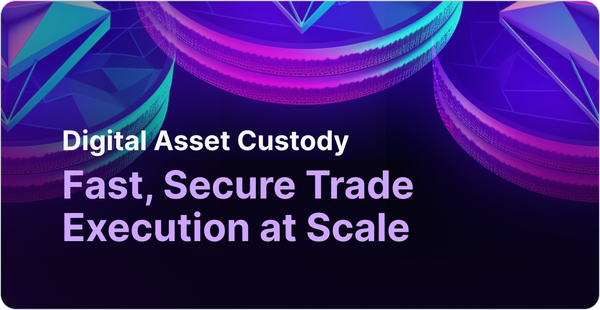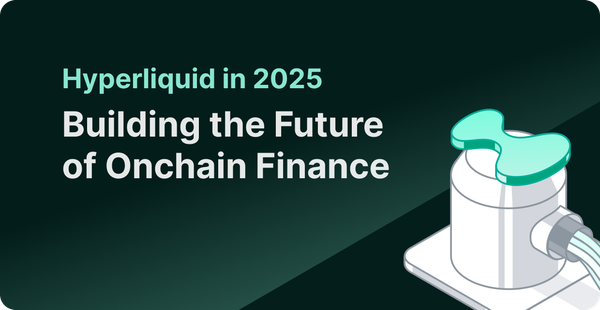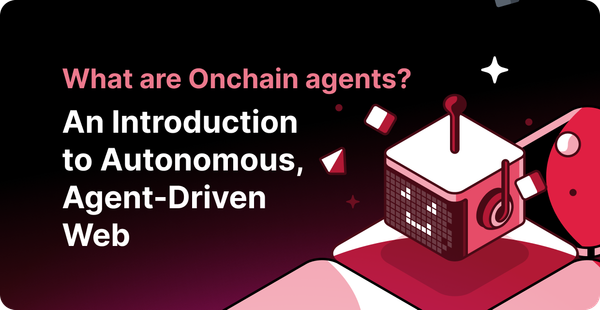The Killer MyEtherWallet Feature You Didn’t Know About
MyEtherWallet.com (MEW) has been the champion for Ethereum wallet creation, interacting with smart contracts, and provider of a beautiful & painless ENS (Ethereum Name Service) experience.


MyEtherWallet.com (MEW) has been the champion for Ethereum wallet creation, interacting with smart contracts, and provider of a beautiful & painless ENS (Ethereum Name Service) experience.
The site has skyrocketed in popularity and is now the go-to tool for viewing & accessing ERC20 tokens. But did you know that it has a very powerful, highly underutilized feature that has immense benefits for its users? In this article we explore the Custom Node mode!
What is a Custom Node?
The Custom Node mode allows MEW users to use their own Ethereum Node to interact with the Ethereum blockchain.
By default, users are connected to MEW’s public node infrastructure, with the ability to also select several other public nodes ranging from main net (ETH), to Ethereum Classic (ETC), and several testnets (used for testing & application development). That means you and the hundreds of thousands of other MEW users are sharing the same public node infrastructure.
For the most part, this is fine. However, this infrastructure is not bulletproof, it has limits. When those limits are hit, weird things begin to happen: users are not able to read nor write to the blockchain. This means that token balances don’t appear, transactions get delayed, or don’t get signed & broadcasted at all.
Let’s dive in a bit deeper: every time you ask MEW to show your wallet balance, you send a request to “read” some information from the blockchain (copies of the blockchain exist on the nodes MEW is running). When you submit a transaction, you are ‘writing’ to the blockchain.
Imagine a highway for automobiles, where each car represents a request. When there’s little congestion, you’re fine with the public lanes. But when there are a lot of requests, like during token creation events (aka ICOs), your car (in this case, your request) gets stuck in traffic — a queue to the public nodes to process your request.
What you need is an express lane. Scratch that, your very own, private lane, on which your car can zoom on by. Better yet, your own, up-to-date (synced) copy of the blockchain, and it’s all in your backyard (we’ll explain this later).
The Question on Everyone’s Mind:
Is it safe? The answer is: Yes. Both MyEtherWallet.com and QuickNode.com utilize a secure protocol called TLS (you may also know it as HTTPS or SSL) so that all data transferred over the Internet between you and them is encrypted and secure. On top of that, every QuickNode is secured by a username and password that only the node creator knows. Even more, due to the way that MEW works, no private wallet info is communicated to the node, so (to our best knowledge) it is not possible for anyone to steal your tokens by your using a Custom Node (if you think about it, you are already trusting the public nodes you’re using by default with the same).
So, how do I get a Custom Node?
Users can run their own nodes on their computers, but doing so requires some bulky software; disk, cpu, memory, and network resources; and above all: time.
It can take several hours or even days (yes, days) to sync (download) a copy of the Ethereum blockchain, which then can take up multiple Gigabytes(!) of disk-space (the blockchain is rather large, rightfully so because it stores every single record that ever happened on the network!).
A node also requires several Gigabytes of memory and a bit of processing (cpu) power to keep it in sync with the global network and allow it to do its duties.
There is, however, a solution: QuickNode. One can go to QuickNode.com, spin up a private Ethereum node, and use it with MEW — all in under 10 minutes (more like 5).
QuickNode offers its users the ability to create a personal, password-protected Ethereum node in a location of their choice. Remember about this express lane being in your backyard? Right, so if you’re in New York, you can spin up a node in New York. Need one in Bangalore? We got you. Traveling to Singapore? Yep, spin up a node there too!
Having a node closest to where you are reduces network latency (the time it takes for your request to reach the node) and increases reliability (the less distance your connection needs to travel, the fewer networks it traverses — especially across fragile and congested trans-oceanic cables — the less the chance for your connection to be interrupted).
When performance matters, when seconds count, this makes a world of a difference. Heard of the ICO that sold out in minutes? Yep, a Custom Node could have helped you get in quicker than your neighbor.
Moar Benefits!
So besides just having your own personal copy of the blockchain and private express lane in your backyard, by running a node you also help strengthen the Ethereum network. Each Node expands the Ethereum Virtual Machine (EVM), which makes it even more immutable, “unstoppable”.
On top of that, your node also helps confirm the transactions of its peers. You know when you need 100 confirmations for something to happen (like a deposit in an exchange)? Every additional node on the network helps speed that up.
Running a node touches everything in the Ethereum ecosystem, and is a huge benefit to everyone in it.
Let’s Recap
Chances are you didn’t even bother playing with the Node Selector button on MEW’s website. And if you did, you didn’t give much attention to the Custom Node option at the bottom. It’s possible you didn’t’ even know that Ethereum had nodes to begin with!
Well, now that you know they exist, what they do, and how a personal node can benefit you (and not only you, but everything and everyone participating in the phenomenon), you should totally give it a try!
Happy navigating the world of Ethereum!
Sincerely,
Team QuickNode
Need help with your project or have questions? Contact us via this form, on Twitter @QuickNode, or ping us on Discord!
About QuickNode
QuickNode is building infrastructure to support the future of Web3. Since 2017, we’ve worked with hundreds of developers and companies, helping scale dApps and providing high-performance access to 16+ blockchains. Subscribe to our newsletter for more content like this and stay in the loop with what’s happening in Web3! 😃





